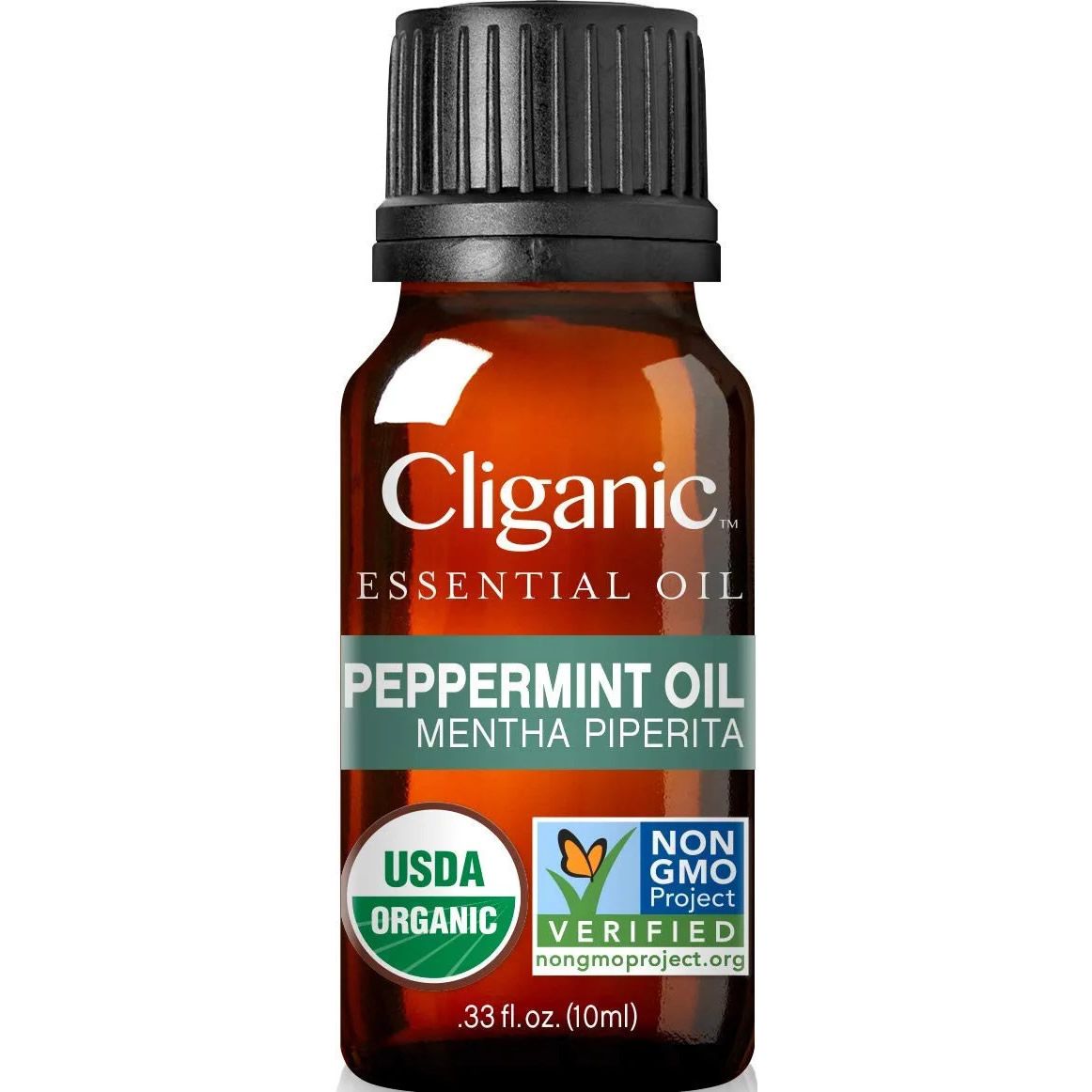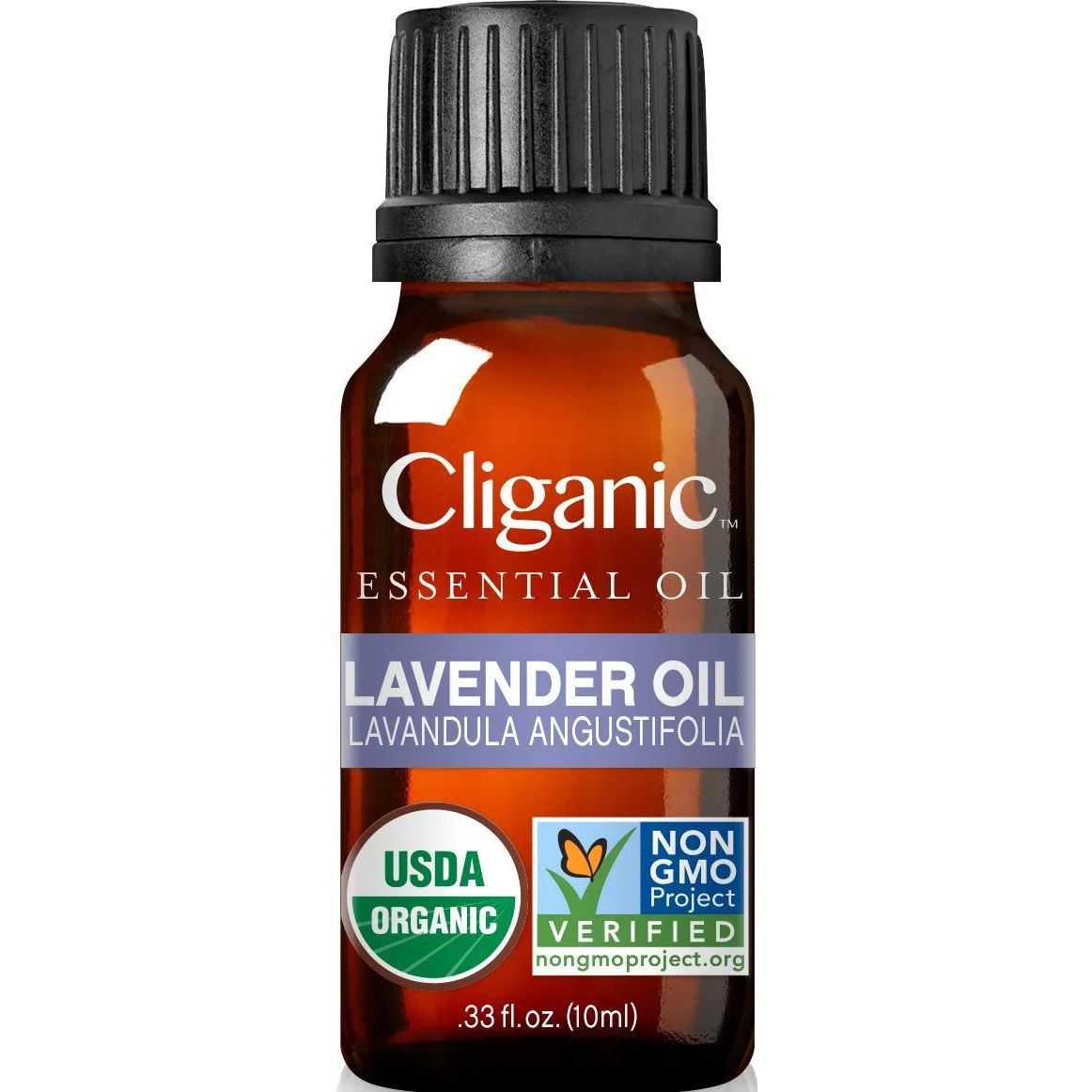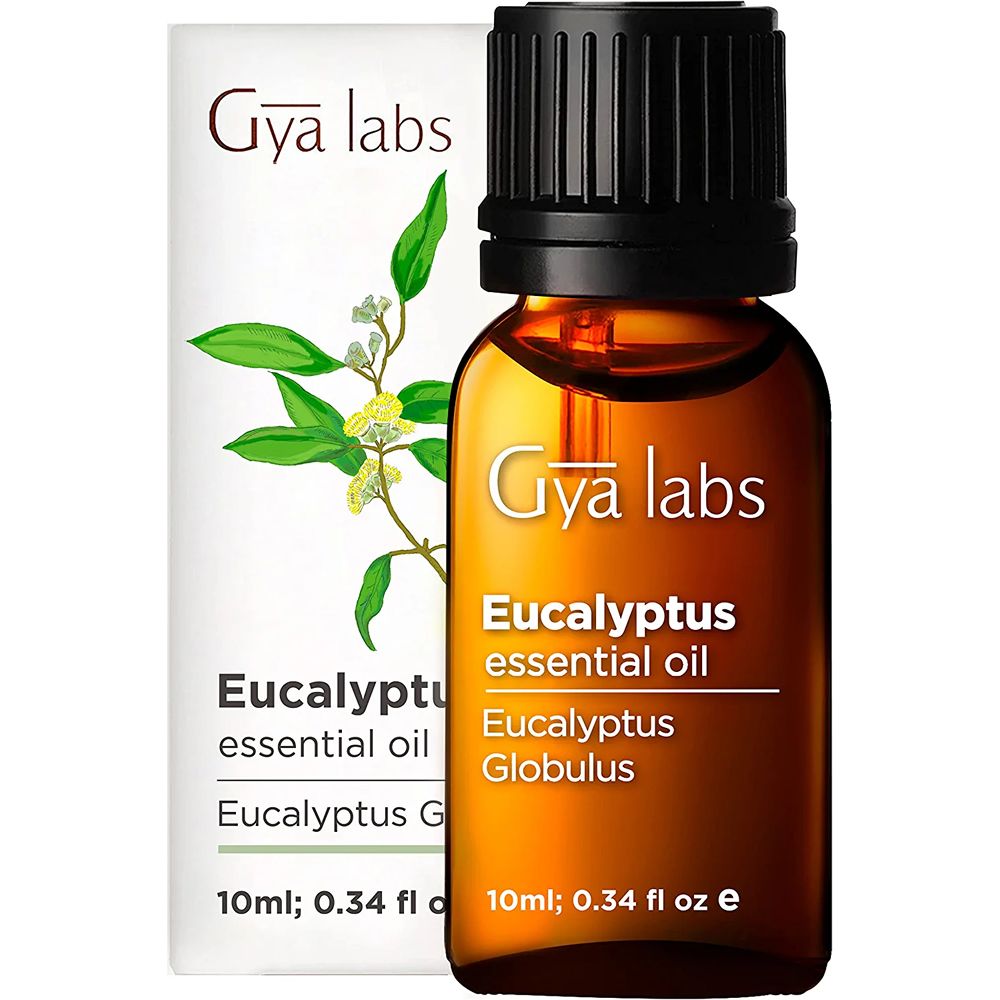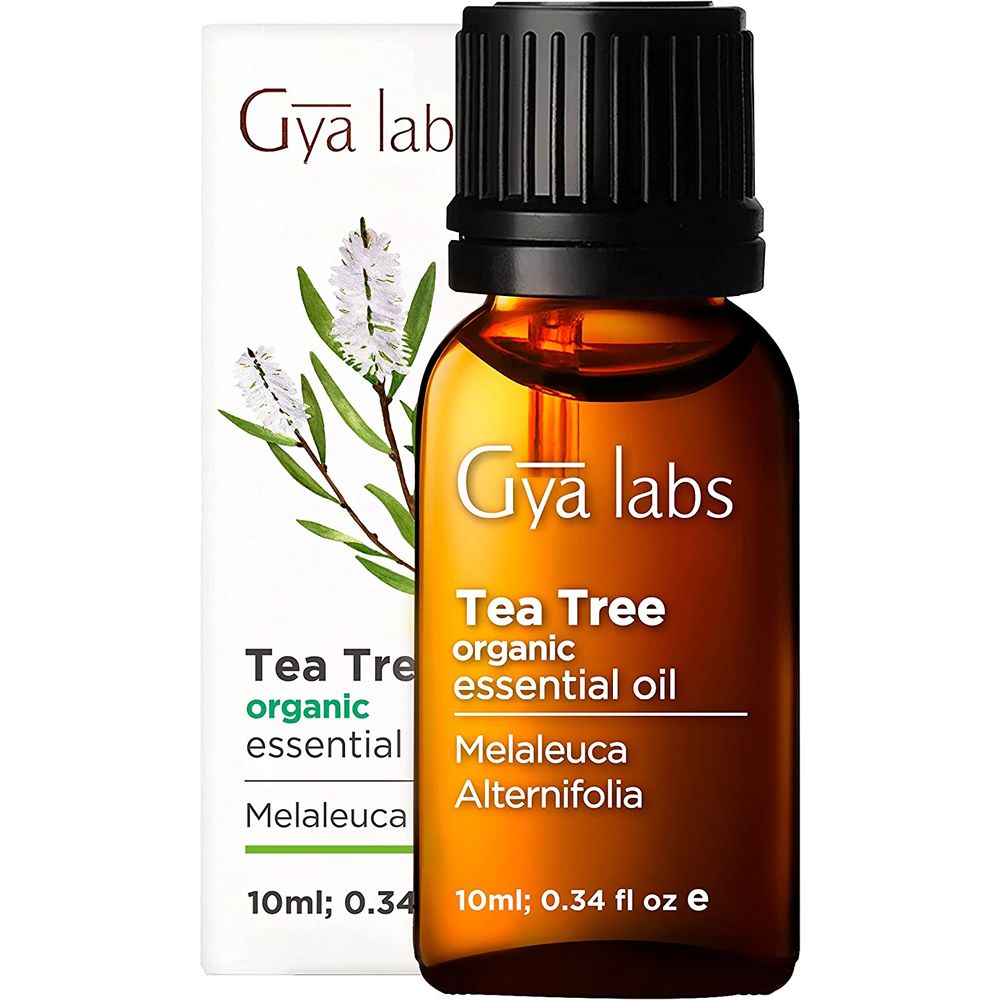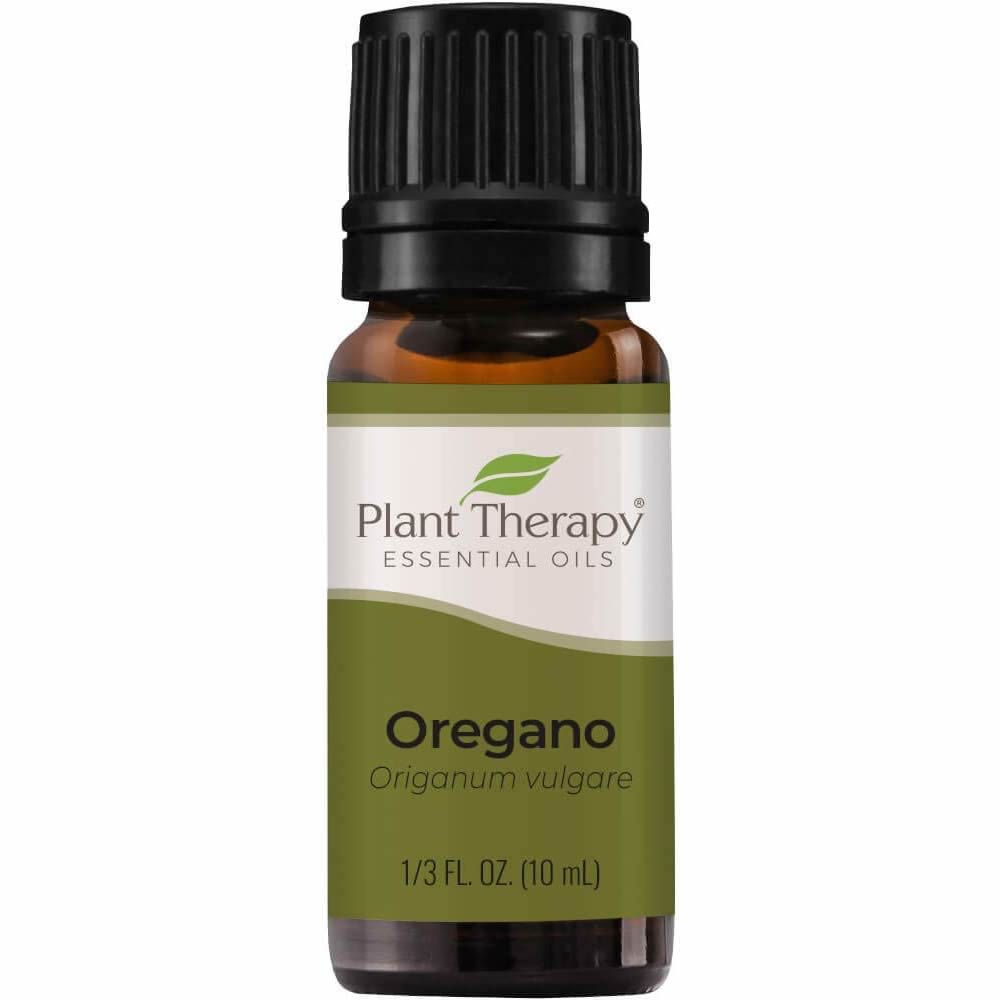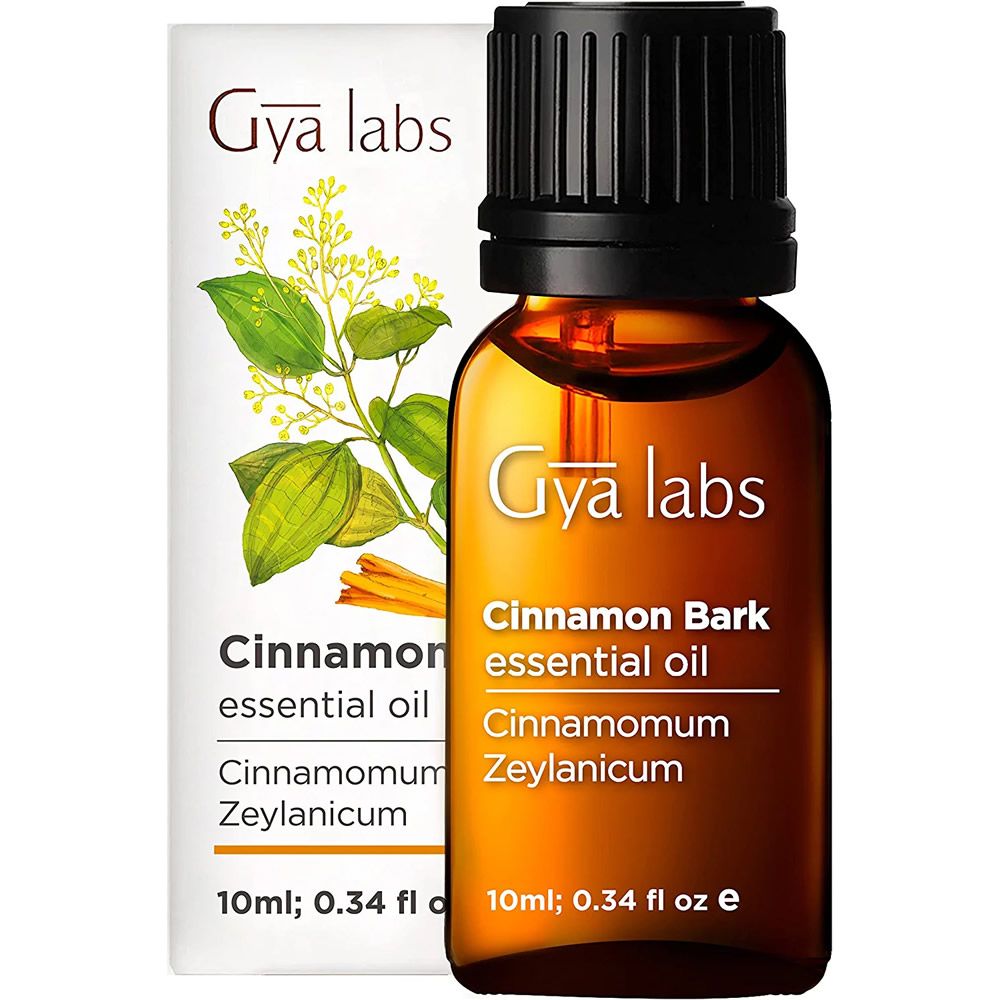Soothe Athlete’s Foot With These 7 Healing Essential Oils
Do you have athlete's foot?
If you don't treat it, athlete's foot can become a bigger problem. However, there are several natural ways to treat it - one of which is with essential oils. Not only are they more natural, but they also smell great! In this blog post, we will discuss 7 essential oils for athlete's foot that are known for their healing properties. We'll also give you some tips on how to use these oils to get the best results.
Continue reading to find the essential oil that resonates with you and start treating your athlete's foot symptoms immediately!
How We Downselected the Best Essential Oils For Athlete's Foot
Athlete's foot is a fungal infection that typically begins between the toes. It can spread to other parts of the foot and even to the toenails. Athlete's foot is caused by a variety of fungi, most commonly Trichophyton rubrum. The fungus thrives in warm, moist environments and can be spread through direct contact with an infected person or object.
I've read numerous reviews on Amazon to find the best essential oils for treating athlete's foot. After reading through all of the different options, I've narrowed it down to my top 7 picks.
We hope you find your favorite essential oil to treat your athlete's foot from the list below! Each product was independently selected by our team. BiohackingBeat may collect a share of sales or other compensation from the links on this page if you decide to buy something (that's how we fund our research). Happy shopping!
Plant Therapy Lemongrass Essential Oil
Why You Should Buy It
Lemongrass has become a popular ingredient in self-care and household products due to its remarkable citrus scent. It is also widely praised for its medicinal benefits, as it helps with healthy digestion, prevents infection, reduces inflammation, and is even effective at killing the fungus responsible for athlete's foot. Moreover, lemon oil can be topically applied to treat skin diseases such as eczema and common infections. Its diverse capabilities make it an ideal natural remedy for both internal and external afflictions.
How To Use This Oil
One easy way to use this oil to treat athlete's foot is to create a foot soak. Simply fill half a bucket with warm water and add in 10 drops each of lemon essential oil and olive oil. Let your feet soak for 15-20 minutes and repeat twice a day for maximum effectiveness. Not only will this process moisturize the feet but also provide skin nourishment as lemon essential oil is known to help combat dryness and cracked heels. Give yourself this simple yet luxurious pampering routine today - you deserve it!
Cliganic USDA Organic Peppermint Essential Oil
Why You Should Buy It
Peppermint essential oil is an effective remedy for a host of conditions. Its cooling properties help soothe the skin and its antimicrobial properties make it useful in combating bugs bites and athlete's foot. Beyond physical concerns, peppermint is often used to alleviate headaches and aid digestion. Peppermint has a wide variety of uses from aromatherapy applications to bath products making it a favorite among those who favor natural remedies for common ailments.
How To Use This Oil
Adding a few drops (3 to 4) of peppermint oil to any carrier oil and rubbing the diluted essential oil mixture on the affected area is a great way to make use of the antioxidant and anti-inflammatory properties of this oil.
An effective foot soak can also be made using a few drops of this essential oil along with epsom salts in warm water and soaking your feet for 10 to 15 minutes.
Cliganic USDA Organic Lavender Essential Oil
Why You Should Buy It
Lavender is renowned for its many wellness benefits, particularly in relation to reducing stress and improving skin conditions. While many benefit from direct topical application, an alternative way to use lavender oil is by combining it with lotion and massaging it into the bottoms of the feet. This forms a healing wrap around the foot throughout the night, allowing for enhanced absorption during hours when your body typically replenishes itself. Whether used directly or in conjunction with other natural products, lavender oil can provide a sense of relaxation, reduce stress levels, and even improve certain skin conditions such as dry skin and cracked skin.
How To Use This Oil
A few drops of lavender oil can be added to any carrier oil and rubbed gently on the affected area for soothing relief. For those who prefer lotion-based relief, simply add a few drops of lavender oil to your favorite lotion and apply generously on the areas of irritation. With regular use, you are sure to achieve resolution of your athlete's foot.
Gya Labs Eucalyptus Essential Oil
Why You Should Buy It
Eucalyptus essential oil is a versatile and multifunctional antimicrobial agent, thanks to its potent antibacterial properties. Not only can it help prevent athlete’s foot, but it also has the ability to hydrate and replenish the skin. The simplest way to reap the health benefits of this oil is to mix one teaspoon of it into two cups of water in a spray bottle. Once the mixture has been created, you can apply it directly onto your feet and also spray shoes with the concoction to keep them both sanitary and refreshed with eucalyptus!
How To Use This Oil
One popular method is to mix 10-15 drops of the essential oil in two cups of water and add it to a spray bottle. This solution can then be sprayed on your feet or even inside your shoes.
Gya Labs Pure Australian Tea Tree Oil
Why You Should Buy It
Tea Tree essential oil is widely acclaimed for its potent antifungal properties; it has the potential to effectively kill the fungus that causes athlete's foot. Those suffering from this ailment should consider incorporating this oil into their foot care regimen for relief.
How To Use This Oil
There are two approaches to working with Tea Tree oil as a remedy:
- Make a foot bath by mixing 10 parts tea tree essential oil, 3 parts olive oil, and a bowl of warm water
- Mix the oil with a carrier oil like almond or coconut oil and then rub it onto the affected area, both of which will be beneficial in treating an ailment.
By understanding these options, users can take full advantage of Tea Tree essential oil's potential to combat fungal infections.
Plant Therapy Oregano Essential Oil
Why You Should Buy It
Oregano oil has been used for centuries in both traditional and modern medicine, and is quickly growing in popularity. It's extracted from the leaves of Origanum vulgare, a plant native to Europe which gives the oil its distinctive warm, spicy smell. What makes oregano oil so special is its two fungicidal compounds carvacrol and thymol; these two compounds give it potent properties but due to the strength of oregano oil, use it sparingly to avoid any additional health risks.
How To Use This Oil
For localized skin applications, it is recommended to add 2-3 drops of oregano oil to 1 teaspoon of carrier oil such as olive oil or almond oil oil and mix thoroughly before applying the mixture directly to the affected areas up to 2-3 times per day. Another option is to add 2-3 drops of oregano oil to a foot bath full of warm water, creating a restorative soak that can be enjoyed for 20 minutes before drying off thoroughly.
Gya Labs Cinnamon Bark Essential Oil
Why You Should Buy It
Cinnamon oil is an incredibly powerful and versatile oil, offering a wide range of benefits to users. Extracted from the bark of the Cinnamomum verum tree, native to Sri Lanka, it has a potent warming smell characterized by its cinnamaldehyde compound. However, caution should be taken when using cinnamon oil due to its highly concentrated nature; great care must be taken to avoid any adverse effects caused by over-application. Those who are more experienced with oils may find cinnamon oil useful for applications such as athlete's foot, toothache relief and natural flea-repellent mixtures.
How To Use This Oil
Add 2-3 drops of oregano oil to 1 teaspoon of carrier oil such as olive oil or almond oil and mix thoroughly before applying the mixture directly to the affected areas up to 2-3 times per day. Another option is to add 2-3 drops of oregano oil to a foot bath full of warm water, creating a restorative soak that can be enjoyed for 20 minutes before drying off thoroughly.
FAQs
What are the Causes of Athlete's Foot?
There are a few different causes of athlete's foot, but the most common is a fungus that lives on the skin. This fungus thrives in moist environments, so it's more common in warm climates and during the summertime.
Other causes of athlete's foot can include: irregular footwear, excessive sweating, and poor hygiene. If you have diabetes or another condition that weakens your immune system, you're also at a higher risk for getting athlete's foot.
What are the Symptoms of Athlete's Foot?
Symptoms of athlete's foot include skin irritation such as itching, burning, and redness between the toes. The skin may also blister or peel. If left untreated, athlete's foot can spread to other parts of the body, including the toenails, and can lead to more serious problems such as cellulitis or bone infection.
How to Treat Athlete's Foot with Essential Oils?
Remember that if you want to use pure essential oils, they should never be applied directly onto your skin. To maximize the benefits, it is best to combine them with a carrier oil such as coconut or almond oil.
To use essential oils for athlete's foot, start by mixing 3 drops of your essential oil of choice with 20 drops of carrier oil and apply this mixture on the affected area using a sterile cotton ball. Be mindful not to spread the fungus by rubbing it onto healthy skin surrounding the afflicted area. To obtain optimal results, make sure to apply the oils twice a day for several weeks.
How To Disinfect Shoes with Athlete's Foot?
There are a few different ways to disinfect shoes for athlete's foot. One is to use a diluted bleach solution: mix 1 part bleach with 9 parts water, and soak your shoes in the solution for about 5 minutes. After soaking, be sure to rinse your shoes thoroughly with clean water.
Another way is to use apple cider vinegar: pour apple cider vinegar into a spray bottle, and spritz your shoes liberally. Let the vinegar sit on the shoes for about 10 minutes, then wipe them off with a cloth or paper towel. Again, be sure to rinse them thoroughly with clean water.
A third way is to use rubbing alcohol: soak a cotton ball in rubbing alcohol, and apply it to the affected area.
How Can Athlete's Foot be Prevented?
Taking precautions to protect your feet against athlete's foot is the best way to avoid contagion.
- After finishing a workout, it is always advisable to change out of wet running shoes and socks immediately.
- Dedicate some time for drying out all footwear before you put them on again, or switch out running shoes if they are still damp the following day.
- Moisture-wicking socks should help keeping your feet comfortably dry throughout the day and talcum powder, accompanied by foot spray, can guarantee that extra layer of protection.
- It is also wise to wear flip flops in public places such as showers and swimming pools where contagion can spread quickly.
- Additionally, sandals at home allow your feet to get some much needed air to keep them free of fungi build ups.
Best Essential Oils for Athlete's Foot for You
We hope our review has armed you with the information you need to decide what essential oil is best for treating your athlete's foot. Tap the product links above to check prices and find the best essential oil for you. We hope you feel better, and thanks for reading!



